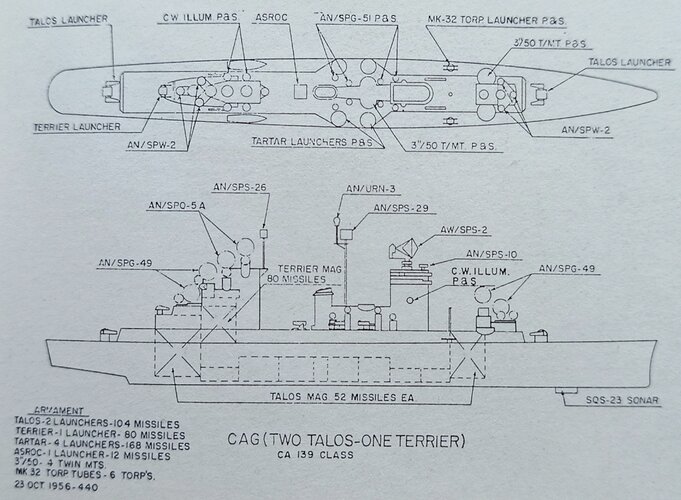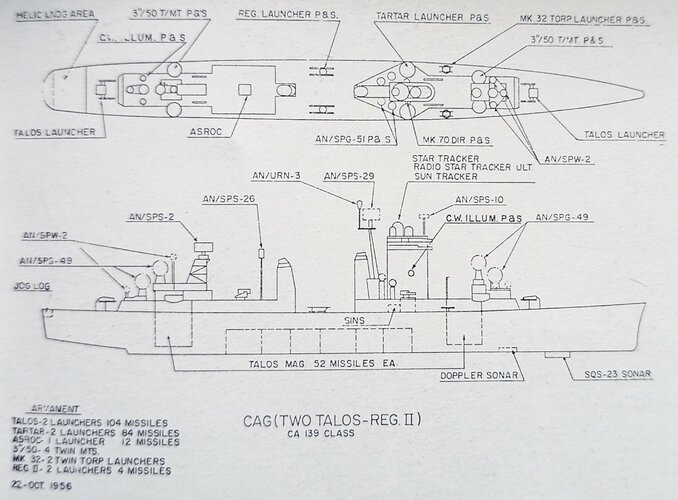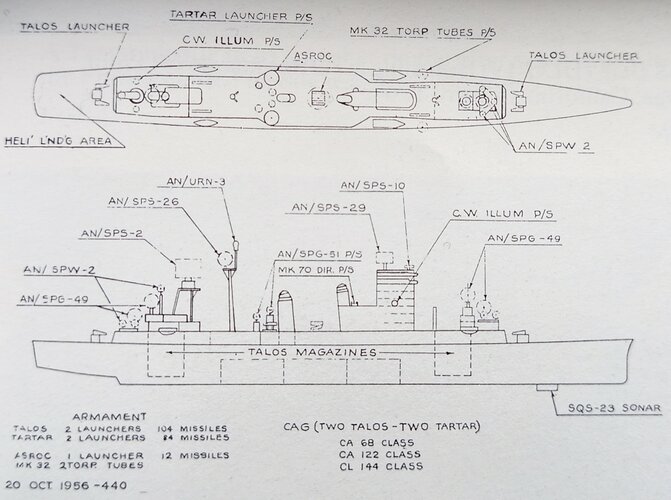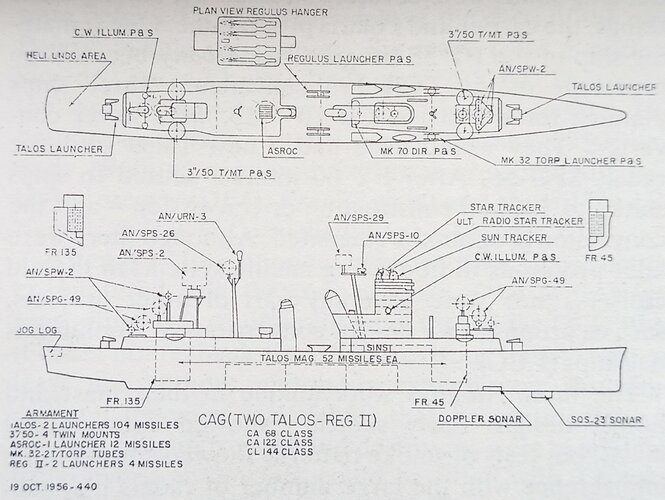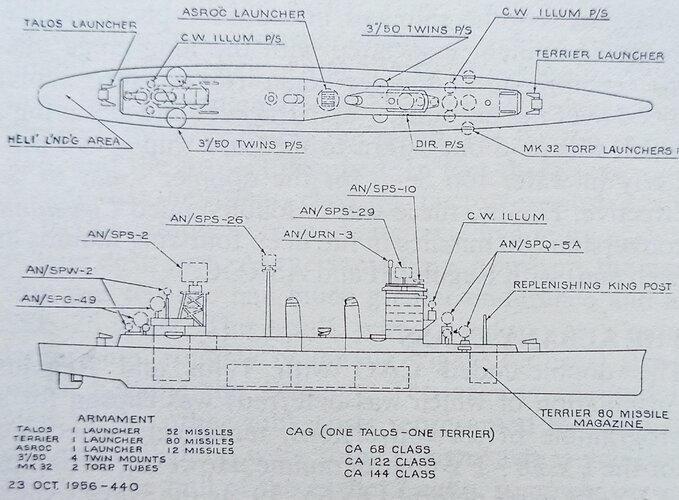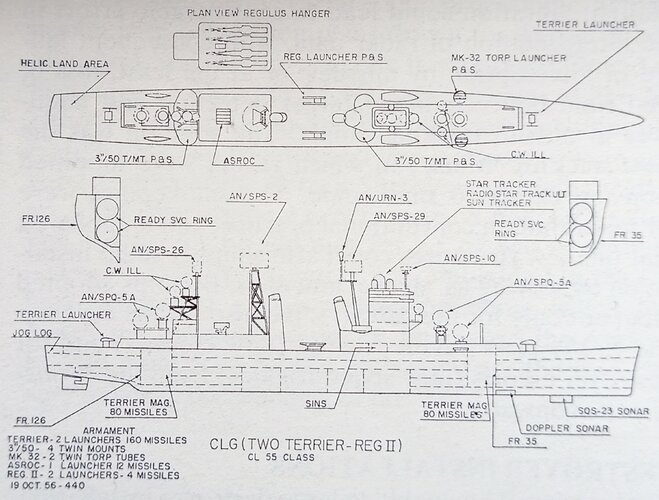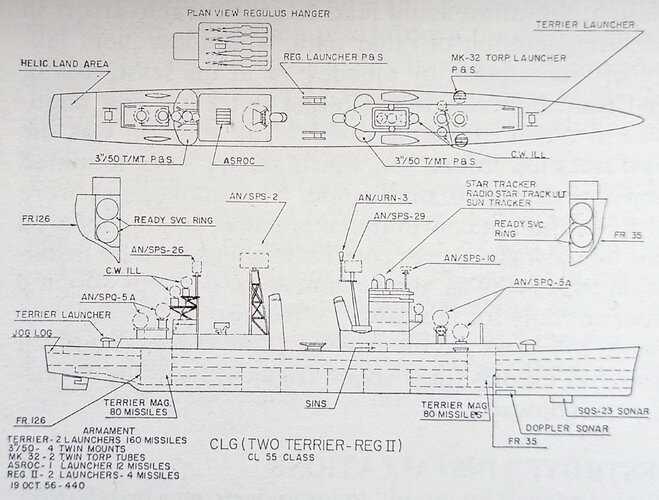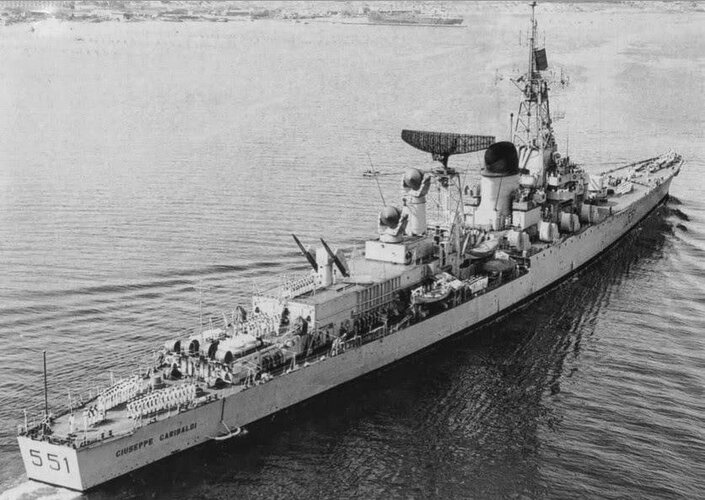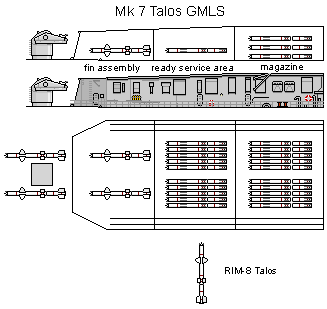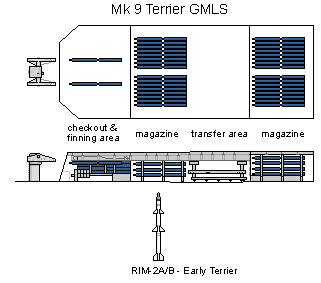I'd argue silhouette is the most serious design factor of any aircraft from any age tbh. All of them before were chasing aerodynamics or speed, which is determined by form, prior to the 1970's. Afterwards, they chased instantaneous and sustained turn rates, which is determined by form. Later, from the 1990's to now, they are chasing radar observability. Radar signature is also determined by form.
When fighter planes start chasing infrared signature management and range they will probably end up looking like B-2s I guess. That's one of the things that isn't determined by the form of the aircraft, but rather merely by its speed. Of course, aerodynamic performance is literally a form of shape, so planes will converge on looking similar yet again.
Maneuverability stopped being important not when missiles became 100+ km range, which was in the 1960's, it was when they became all-aspect and imaging infrared, which was in the 1990's. For instance, Python IV obviates the need for maneuver because it can be fired high off boresight and engage targets at BVR distance (in typical airs, a little >15 km).
And yeah, there's relatively little reason to train pilots for BFM. It still happens because ROE can be restrictive and the general lack of long range television cameras and infrared sensors for BVR VID is a definite problem for most advanced tactical fighters. That's why they have external pods like ATFLIR.

